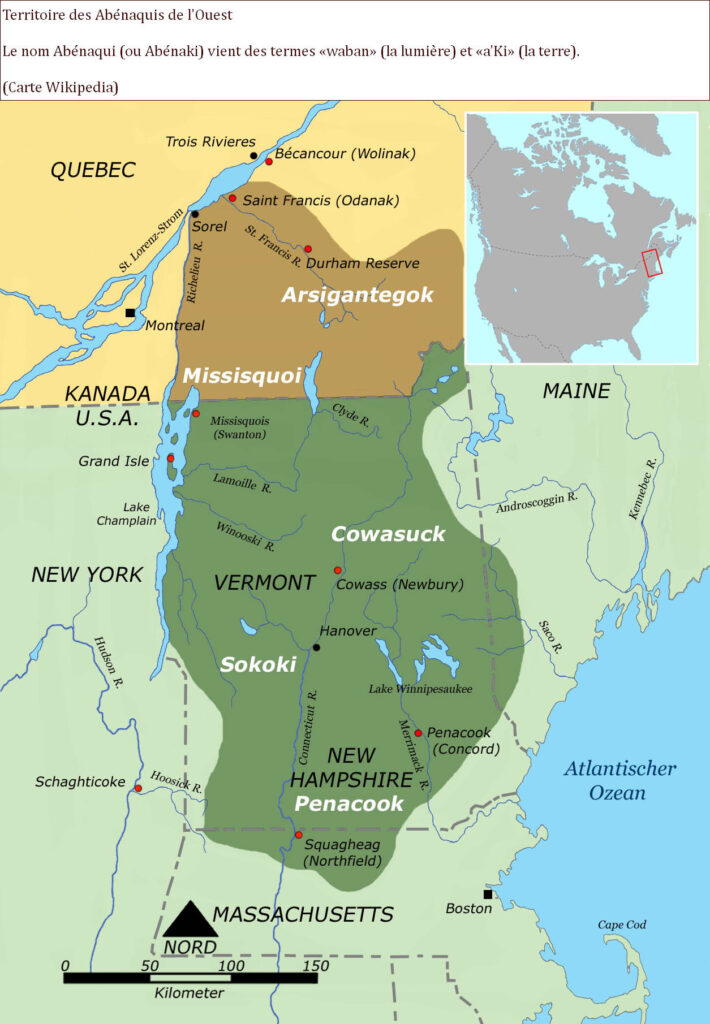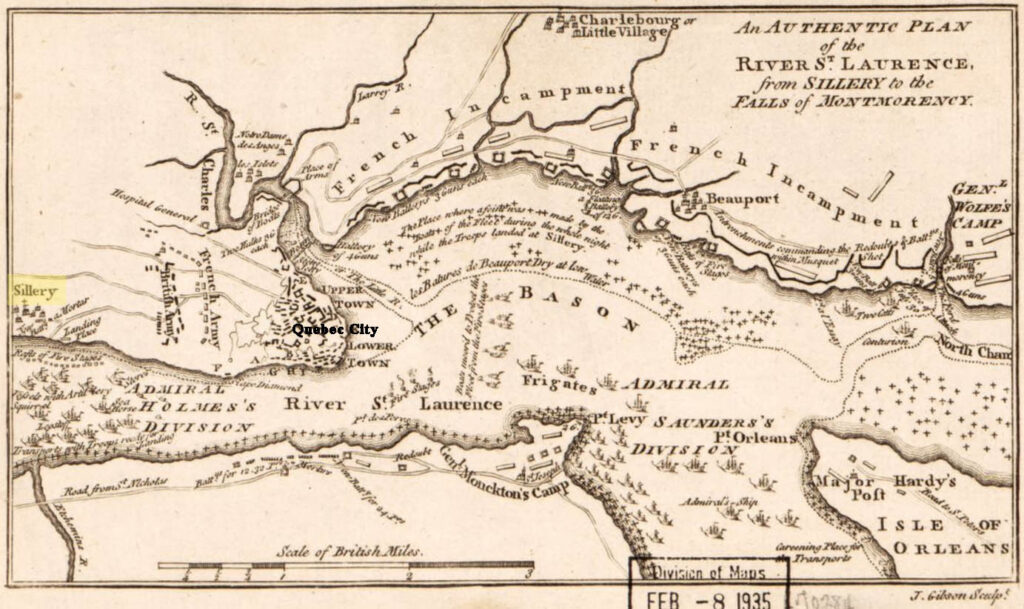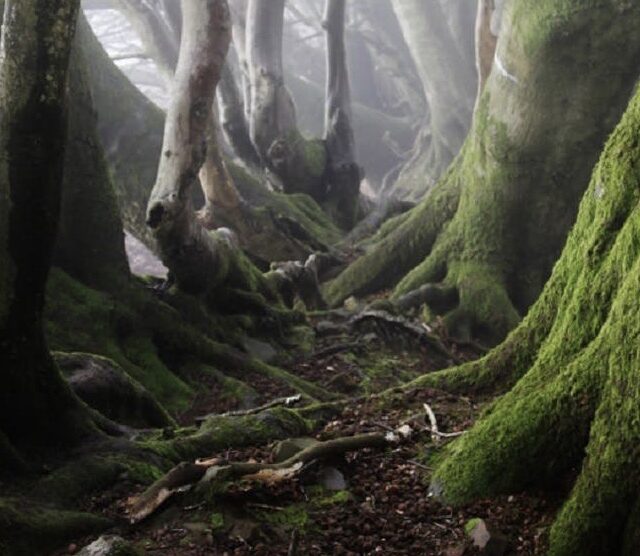Jean Francois Lienard Durbois & Marie Paule Ouripehenemich
Jean Francois and his wife Marie Paule were briefly mentioned in my post about Marie Francoise Pelletier and her descendants. Jean Francois is one of Marie Francoise’s sons and my 8th great-grandfather. His wife Marie Paule is the subject of this post.
After all the years of research I’ve done on our family, one of the things I’ve learned is that in French Canada, the French, and maybe more specifically the Jesuits, documented all people French, or native. We are so fortunate to have the wealth of records they produced.
I have seen ongoing arguments in conversation threads as to whether or not a given ancestor is a native, but generally there is conclusive evidence one way or another. The First Nations people, as the original native Indian people of Canada now call themselves, do not take lightly to people blatantly declaring some ancestor a native without proof.
Marie Paule Ouripehenemich, my 8th great-grandmother, is a First Nations member. Paule can be listed as either Abenaki or Algonguin, as Abenaki is one of the tribes belonging to the Algonguin people. The word Abenaki was used to define the Algonguin who live in the “east,” such as Quebec, Maine etc.

Jean Francois’ and Paule’s children were Metis, or mixed blood, (½ Indian, ½ French). Metis are not considered First Nations members. Currently, the only other First Nations people in our family tree that are direct ancestors are Paule’s parents, Ouripehenemich Manitowabis and Cecile Ouitchiganbaoumoueskoue (my 9th great-grandparents), and from another branch, Gisis Bahmahmaadjimiwin known as “Jeanne ” (my 10th great-grandmother), also of Algonquin descent. Jeanne’s parents (my 11th great-grandparents) were also First Nations members, but their identities are unknown. Paule is on my Grandmother Ellen’s side of the tree and Jeanne is on my Grandfather Adlore’s side of the tree.

Supposedly Paule was born around 1660; I have not found a record with an exact date. The first document on which I found her was a confirmation record from the Jesuit mission, Saint-Joseph, in Sillery (on the Saint-Lawrence west of Quebec City), dated July 2, 1682.3 Thirty-eight people from her tribe were confirmed that day by Father Jacques Bigot; Paule was 30th on the list.

(notice that she is identified as being an Indian)
All I know of Paule’s marriage to Jean Francois Lienard Durbois is that it occurred before the birth of their first child and that the location is unknown.

Based on the birth places of their children, it appears that Jean Francois and Paule lived in the Sillery area, now a suburb of Quebec City.

Jean Francois and Paule had 3 children as shown above on the PRDH and also on the Tanguay record below. Their 3rd child Marie Agnes is my 7th great-grandmother.

As you can see, I don’t have a lot of documentation for Paule; even her death date and place cannot be confirmed. However, knowing that she was a full-blooded Abenaki, one thing I can do is estimate the amount of native DNA passed down through the generations. Paule’s children would be Metis and each subsequent generation would theoretically inherit half of the previous generation’s native DNA. If you calculate the numbers down to my generation that would mean that I would be about 1% Abenaki and if I had children, they would be about ½% Abenaki, etc. These few First Nations ancestors are so far back in our family history that the amount of measurable common DNA is negligible.
Thanks for visiting, come back soon,
Cindy
© 2022 Copyright by Cynthia Vadnais, All Rights Reserved
Footnotes for Jean Francois Lienard Durbois & Marie Paule Ouripehenemich post
Jean Francois Lienard Durbois & Marie Paule Ouripehenemich Read More »
